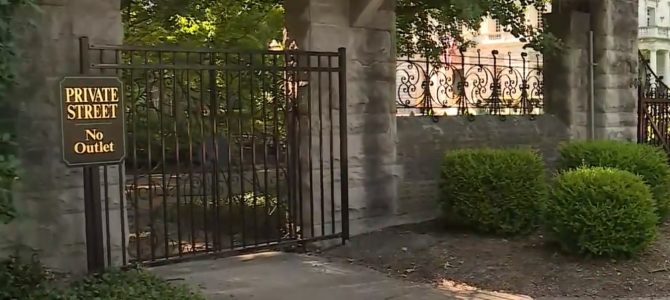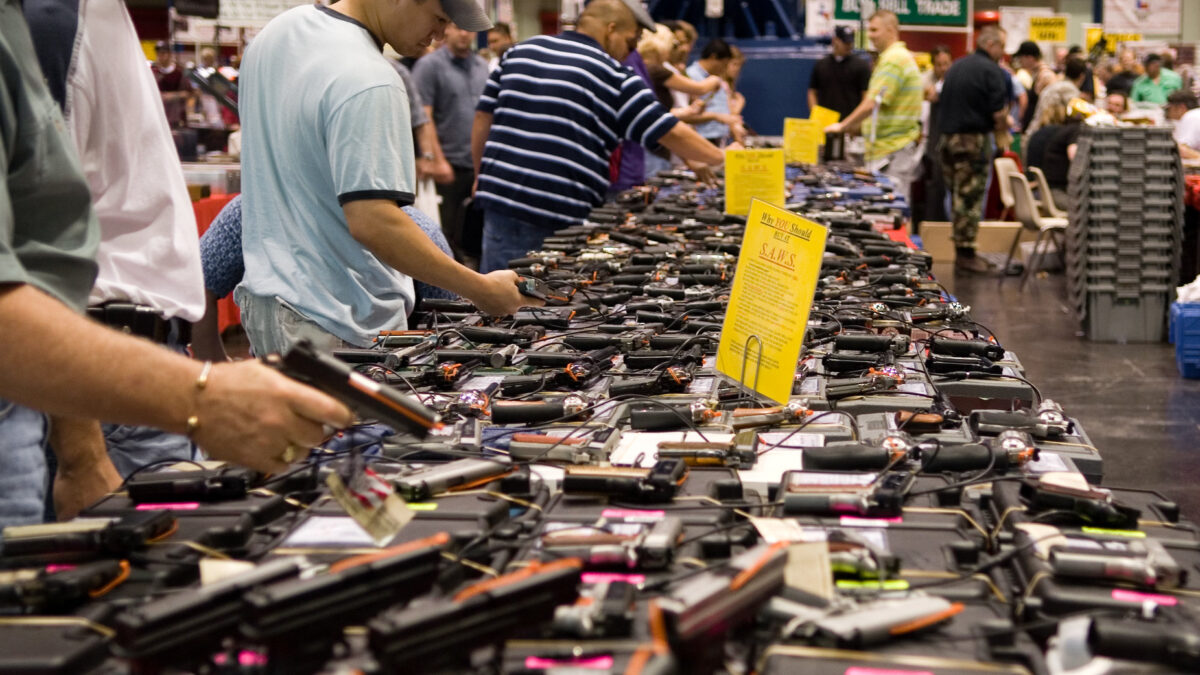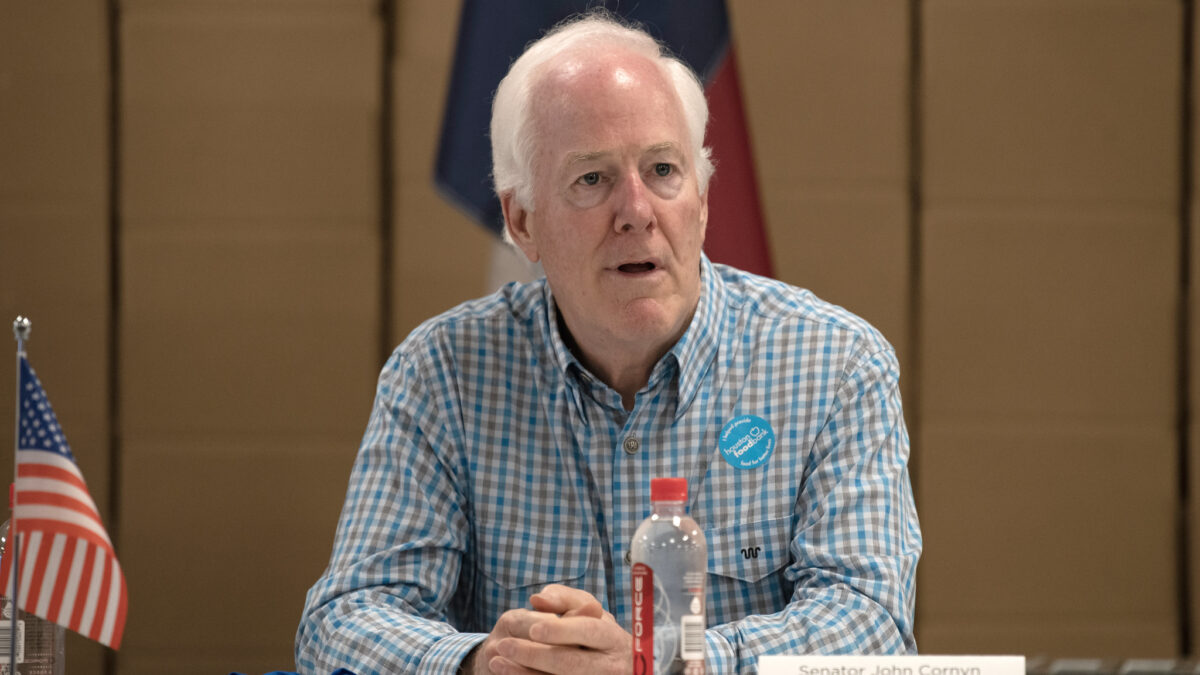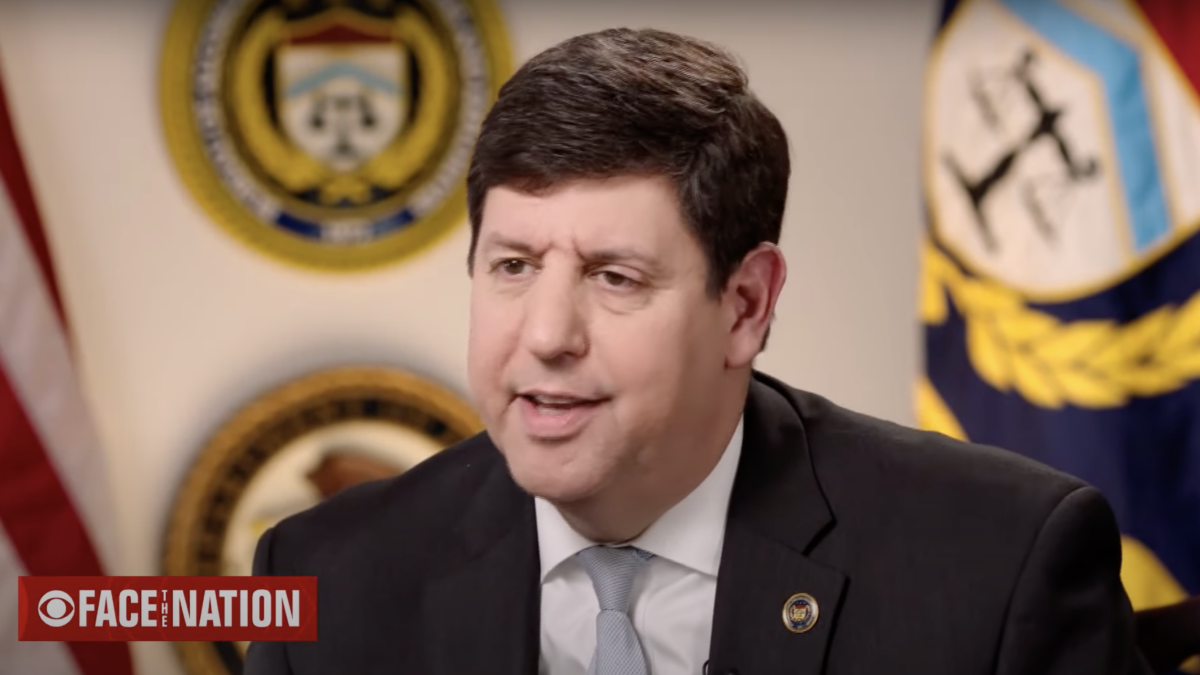
Last Monday, St. Louis Circuit Attorney Kim Gardner announced she has charged Mark and Patricia McCloskey with felony unlawful use of a weapon for standing outside their home holding legal guns as a mob encircled them. The McCloskey case remains an important legal precedent in a rapidly changing legal environment as private property owners increasingly find themselves without police protection in the face of violence.
Within hours, Missouri Attorney General Eric Schmidt filed an “Amicus Brief” opposing the charges on the grounds that the McCloskeys simply exercised their rights under the Second Amendment of the Constitution. He wrote, “A highly publicized criminal prosecution of Missouri citizens for exercising these fundamental freedoms threatens to intimidate and deter law-abiding Missouri citizens from exercising their constitutional right of self-defense.” Schmidt’s brief alleges that at least one of the protestors carried an “assault rifle.”
Missouri law does not give the attorney general the power to overrule a local prosecutorial decision the way the U.S. attorney general may overrule a local U.S. attorney’s office. Schmidt contends that he has the authority to challenge the local prosecutor under the general statutory provision that allows him to represent the interests of the state of Missouri.
The law under which Gardner charged the McCloskeys specifically exempts the use of a weapon to repel a trespasser “who unlawfully enters, remains after unlawfully entering, … private property that is owned or leased by an individual…claiming a justification of using protective force under this section.” Further, as I wrote here, Missouri court decisions also appear to allow a homeowner to brandish a weapon to repel trespassers who refuse to leave. The law does not recognize a right to “peacefully” protest on private property unless the owner decided to open the property to the general public.
The Gun Twist
Gardner seized both of the McCloskey firearms pursuant to a search warrant. The Missouri law under which Gardner charged the McCloskeys can only be invoked if the weapons were “readily capable of lethal use.” But, in another twist, local St. Louis media has revealed that Gardner’s staff “ordered crime lab experts to disassemble and reassemble” the small handgun Patricia McCloskey brandished.
According to the McCloskey’s, the prosecutor did this because the handgun “was inoperable when it arrived at the St. Louis police crime lab.” As noted by St. Louis television station KSDK, “Specifically, the firing pin spring was put in front of the firing pin, which was backward, and made the gun incapable of firing, according to documents obtained by 5 On Your Side. Firearms experts then put the gun back together in the correct order and test-fired it, finding that it worked, according to the documents.”
The McCloskeys appear to have intentionally disabled the firearm so it could be safely used as a prop in a lawsuit.
A Survey of the Scene
A few days after Mark McCloskey confronted the trespassing protesters, I had the opportunity to view his house and the surrounding Portland Place neighborhood. The physical layout of the scene provides important context to what happened during the confrontation that resulted in Gardner charging them with a felony.
Fences and walls surround the neighborhood. A sign adjacent to the gate through which the protesters entered conspicuously warns that the entire interior neighborhood is private property. Once inside, the street and sidewalk pass in front of the McCloskey house, which is the first house on the right.
When I viewed the fragile metal gate, I could see that it was not intended as a fortification but as a decorative feature in the otherwise sturdy barrier of fencing and walls. I saw that somebody bent the gate back into shape to restore the barrier. But the breaks in the delicate structure of the gate remained.
Somebody laced a heavy tow chain through the gate to strengthen it against future assaults. Graffiti and trash marred the sidewalk outside the gate. While it appears the protesters likely damaged the gate, that does not appear to be how they gained access to the interior. Video shows the crowd entering through an open gate. That same video shows a protestor in a lime-green face covering carrying an object that resembles a rifle as he enters the gate.
Around the corner, police and private security manned a checkpoint through which residents accessed the neighborhood by car. I approached a masked police officer to ask if he was in the neighborhood the night of the incident. I could hear nervousness in his voice as he confirmed that he did come to the scene on the night of the confrontation. But he politely refused to answer any other questions.
I stopped at a nearby cafe at which workers had begun to prepare for additional protests anticipated after dark. They moved tables and chairs inside to remove them from the expected path of the protesters.
I approached an African American woman enjoying an iced tea. Although friendly and engaging, she denied knowing anything about the confrontation and had no opinion about the McCloskeys. Continuing to retrace the path of the march leading up to the confrontation, I passed by a row of stately mansions that were not protected by the Portland Place walls.
Homeowners placed “BLM” or “Black Lives Matter” signs in their front yards. I counted at least three such signs. When I happened to catch one of these homeowners returning from walking her dog, she too denied having any knowledge or opinion about the confrontation.
Coincidentally, on the same day Mark McCloskey brandished his AR-15 to deter the trespassing protestors, the Colorado Supreme Court upheld a ban on the type of magazine McCloskey had loaded in his weapon.
In the same announcement cited above, Gardner also stated that she charged “an individual who assaulted peaceful demonstrators at the King Louis IX statue on June 27.” In that incident, unrelated to the McCloskey confrontation, a counter-demonstrator slapped the victim as he stood praying for the protection of the statue. In announcing this misdemeanor charge in the same announcement of the McCloskey charge, Gardner attempted to cast the McCloskey charge as apolitical.
Schmidt’s intervention in the case draws attention to the important difference between a Second Amendment “defense” and a “right.” As a practical matter, a prosecution can punish the exercise of the right to bear arms without ever obtaining a conviction. An acquittal is cold comfort to a homeowner forced to spend thousands of dollars on attorneys’ fees to protect his rights.









